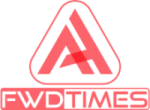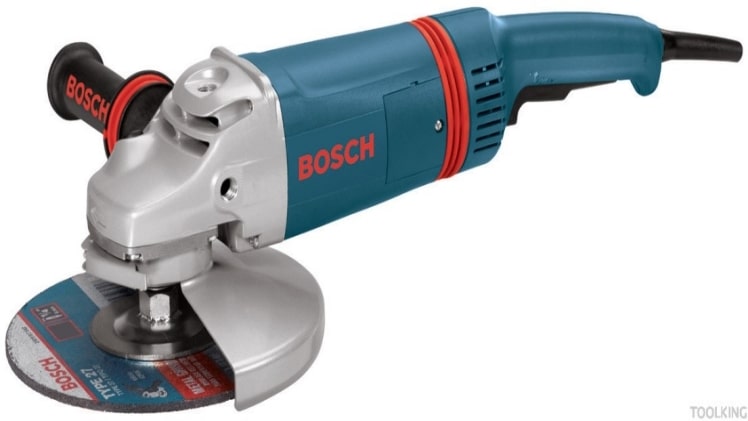In the metalworking industry, the Bosch grinder has made work easier. It is powered by electricity. The device has improved the efficiency and speed of work in the industry. It has a wide range of features and applications, which are described in this article.
Metalworking and building have benefited from technological advancements. The introduction of the Bosch grinder has made cutting metals, cutting stones, sharpening metals, and mixing metals much easier. The machine contains qualities that make it ideal for its intended use. The machine is adaptable and multifunctional.
Bosch Grinder Features
Deflector for sparks
The user is protected from explosive pieces and sparks by the wheel guard. Based on the material being worked on, mostly all grinders produce wood and metal bits. These flying shards might cause physical harm or perhaps even ruin the grinder if there isn’t a guard in place.
Eye protection and a tool rest
A face shield is a feature that protects the eyes. The eye protection is positioned just above the grinding wheel and may be used with glasses or other eye protection. A tool rest serves as both a safety element and a temporary grip for the workpiece to protect it from sliding. Adjustment is also possible when sharpening and shaping.
Motor
The grinder’s effectiveness is determined by the motor, that is located in the center of the machine. Grinders having a strong engine and greater rotations every minute are recommended for dealing with heavy metals like steel. Essentially, the speed of rpm is directly proportional to the rate at which the grinder works. The motor type determines the the price of Bosch grinder.
Wheels for grinding
Grinding wheels perform heavy lifting and are available in a variety of specifications to fit a variety of applications. Because thegrit, material, and size utilized differ, it’s critical to grasp the task’s parameters. Sharpening, sanding, polishing, grinding, and smoothing are all done using various types of wheels.
What are the uses of the Bosch grinder?
Grinding
Grindstone wheelsswiftly grind material and are available in a variety of coarseness to suit various uses. Grindstones for hard metal such as steel come in different variety of shapes and sizes. Grindstones designed for hard steel should not be used on fabrics like aluminum. This is due to the possibility of small particles being lodged in the fissures of the grindstone.
Sharpening
Sharpening stones are built differently from grinding stones. It does, however, include grinding curved surfaces of a metal piece, making it essentially identical. Cutting blades, saw blades, knives, chisels, and other metals are sharpened by the machines. It is preferable to use white grindstones over grey grindstones for sharpening.
Cutting
Wood and metal may both be cut using grinders. Metalworkers often use grinders for cutting thin to moderately thick metals. When the workpiece comes into contact with the wheel for grinding, it is softly turned. To generate tiny cuts, the grindstones are usually smaller with narrow girths.
Buffing and polishing
Buffing is the process of removing small particles and polishing the workpiece’s surface using gentle grit. When buffing and polishing, maintain a strong grip and rotate the material. This avoids temperature increase and guarantees that polishing and buffing are done evenly. It is recommended that you wipe the buffed area manually with a different towel.
Other than the ones mentioned, there are a few minor applications for the grinder. It is possible to change the grindstone, allowing for multitasking. The tool may be used by replacing grindstone, allowing operation with a variety of materials, and accomplishing a variety of fabrications. It is still necessary to go over all the important details. Check more on grinder machine price in Kenya.

